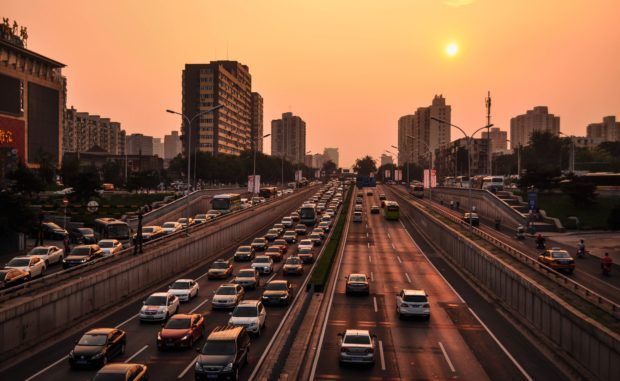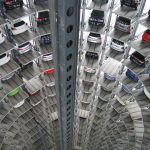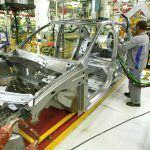The Council has adopted the Euro 7 regulation, which lays down rules on emission limits for road vehicles and battery durability. This is the last step in the decision-making procedure.
The text adopted covers cars, vans and heavy-duty vehicles in one single legal act and aims to further lower air pollutant emissions from exhaust fumes and brakes. The new regulation also establishes stricter lifetime requirements.
Better and cleaner vehicles
The Euro 7 regulation establishes rules for the exhaust emissions of road vehicles, but also for other types of emissions such as tyre abrasion and brake particle emissions. It also introduces requirements for battery durability. For cars and vans, the regulation keeps the existing Euro 6 exhaust emission limits but introduces stricter requirements for solid particles. For heavy-duty buses and lorries, the regulation imposes more stringent limits for various pollutants, including some that have not been regulated until now, such as nitrous oxide (N2O). In addition, Euro 7 introduces stricter limits for particle emissions produced when braking, with specific limits for electric vehicles. The new rules also include stricter lifetime requirements for all vehicles in terms of both mileage and lifetime.
Next steps
Following the Council’s approval of the European Parliament’s position, the legislative act has been adopted.
After being signed by the President of the European Parliament and the President of the Council, the regulation will be published in the Official Journal of the European Union and will enter into force on the twentieth day following its publication.
The dates of application of the regulation will depend on the kind of vehicle concerned:
- 30 months for new types of cars and vans, and 42 months for new cars and vans
- 48 months for new types of buses, trucks and trailers, and 60 months for new buses, lorries and trailers
- 30 months for new systems, components or separate technical units to be fitted in cars and vans, and 48 months for those to be fitted in buses, lorries and trailers
Background
The Euro 7 regulation, which is part of the Commission’s 2020 Sustainable and Smart Mobility Strategy and the 2021 Zero-Pollution Action Plan, was presented by the Commission on 10 November 2022. The Council adopted its position, or ‘general approach’, on 25 September 2023. The Council and the Parliament reached a provisional political agreement on 18 December 2023.
On 19 April 2023 the European Parliament and the Council adopted Regulation (EU) 2023/851 to strengthen the CO2 emission performance standards for new passenger cars and new light commercial vehicles, which sets a 100% reduction target for both cars and vans from 2035 onwards. While industry prepares for this change, which means that new combustion cars and vans will be banned on the internal market from 2035, such vehicles will remain available. Other internal combustion vehicles (lorries, buses and other heavy-duty vehicles) will continue to be produced after that date. The Euro 7 rules will be necessary to cover the emissions of cars and vans until that date, while other rules contained in the regulation (concerning brakes, tyres and battery life, for instance) will continue to apply to new cleaner cars and vans after 2035.

MEPs are ready to negotiate with Member States on new measures to reduce CO2 emissions from heavy duty vehicles |
Más información: Council of the European Union







Leave a Reply